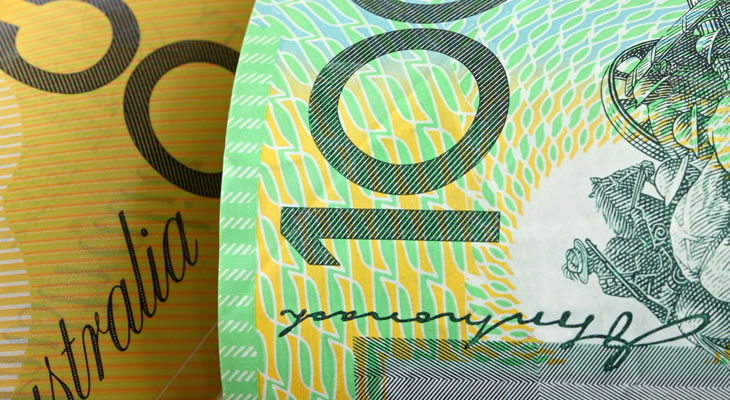Ongoing confusion over Brexit and the size of the UK’s potential divorce bill have weighed heavily on the Pound this week.
While Downing Street was quick to shoot down a rumoured 40 billion Euro figure this still left investors with no greater clarity over the likely outcome of the negotiation process.
A modest loss of momentum in the British Retail Consortium (BRC) like-for-like sales data offered little in the way of support to GBP exchange rates, meanwhile.
Even so, the Pound Australian Dollar exchange rate could find a rallying point in the days ahead if the latest raft of UK trade and production data proves encouraging.
Forecasts point towards a solid rebound in industrial, manufacturing and construction output after the contractions seen in May.
Any signs that the UK economy is holding up in spite of the persistent uncertainty surrounding the matter of Brexit could offer the Pound a rallying point.
However, fresh jitters may also be in store in response to the NIESR gross domestic product estimate for the three months to July.
If the estimate indicates a continued slowdown within the UK economy this could prompt the GBP AUD exchange rate to extend its recent losses further, encouraging speculation that a sustained downturn is materialising.
So long as growth holds steady at 0.3%, however, this may help to limit any downside potential of Sterling in the near term.
Rising Business Confidence Shores up Australian Dollar
A solid uptick in the NAB business confidence index encouraged support for the Australian Dollar, even though the general atmosphere of market risk appetite remained decidedly limited.
As Alan Oster, Chief Economist at NAB, noted:
‘The strong run shown by the business sector continued in the July, with both business conditions and confidence seeing an improvement. Business confidence has gradually been chasing business conditions higher for some time, and has likely seen some additional support this year from an improving global environment as well, although there are still some notable risks.’
Disappointing Chinese trade data somewhat limited the appeal of the commodity-correlated ‘Aussie’, though, as China’s imports of coal and iron ore dipped significantly in July.
With the world’s second largest economy showing some signs of softness the antipodean currency struggled to particularly capitalise on the weakness of the Pound.
This kept the GBP AUD exchange rate on a relatively narrow downtrend on Tuesday morning.
Another strong showing from the Westpac consumer confidence index may buoy the Australian Dollar further, with higher levels of domestic optimism boding relatively well for economic growth.
Bullish home loans and investment lending figures could equally encourage investors to pile into the ‘Aussie’, even though the Reserve Bank of Australia (RBA) looks set to leave monetary policy on hold for the foreseeable future.


Comments are closed.